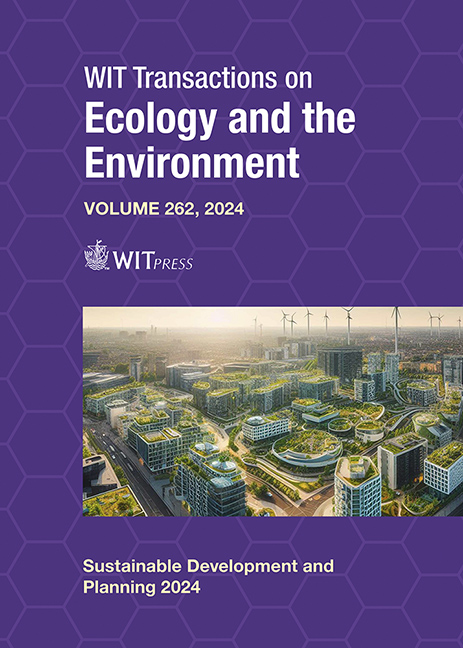CHARACTERISING MAJOR STORM EVENT IMPACTS ON RURAL ROUTES
Price
Free (open access)
Transaction
Volume
262
Pages
11
Page Range
327 - 337
Published
2024
Paper DOI
10.2495/SDP240271
Copyright
Author(s)
THOMAS M. BRENNAN, ANDREW J. BECHTEL, MOHAN VENIGALLA
Abstract
Probe vehicle data is playing a critical role in the evaluation and creation of infrastructure performance measures across diverse driving conditions. This is particularly important at bridge-crossings during storm events, where bridges may become impassable, thus providing a measurable means to stress-evaluate the network. During a major storm, many bridges can be flooded, an attribute assessed and documented by the United States National Bridge Inventory. When a major storm event occurs, the intensity and location of the event can impact the transportation system across a route or region. The objective of this research is to define rural roadway performance metrics based on the absence of normally available probe vehicle data. The research employs a dual approach – leveraging a defined congestion metric against a data availability metric for rural bridges affected by a storm event. Three counties in New Jersey were assessed during the Tropical Storm Ida, which made landfall in New Jersey, US on 1 September 2019. The project analysed 107 rural bridges, their spatially defined traffic message channels and associated anonymous probe vehicle speed data over 29 days. The results indicate that both congestion and null data can be used to assess and rank the reliability of rural bridge performance during major storms. The metric models can be deployed to evaluate infrastructure performance in near real-time during storm events and to evaluate where capital investments may improve infrastructure reliability and sustainability.
Keywords
sustainable transportation, bridges, reliability, probe vehicle, capital investment





